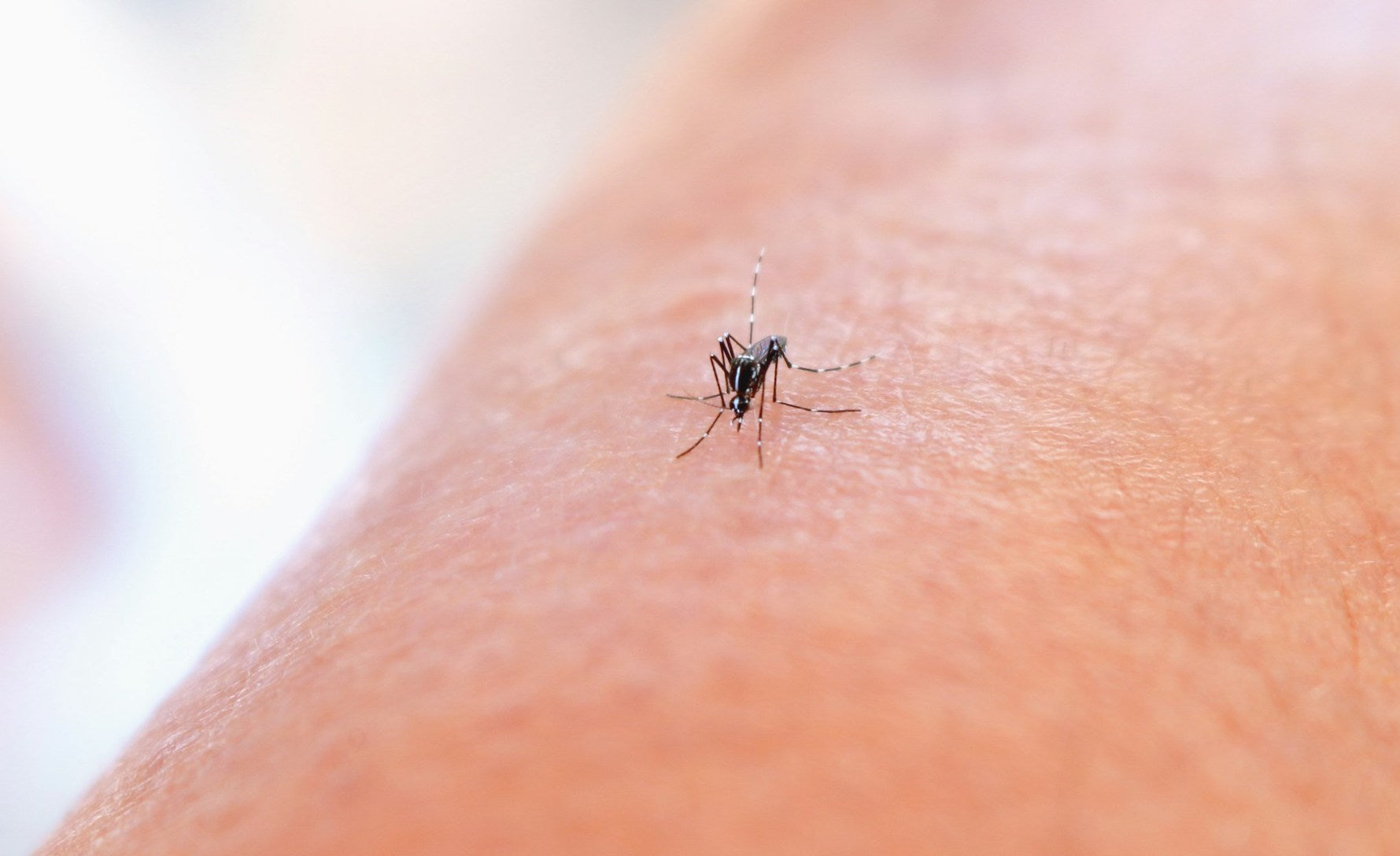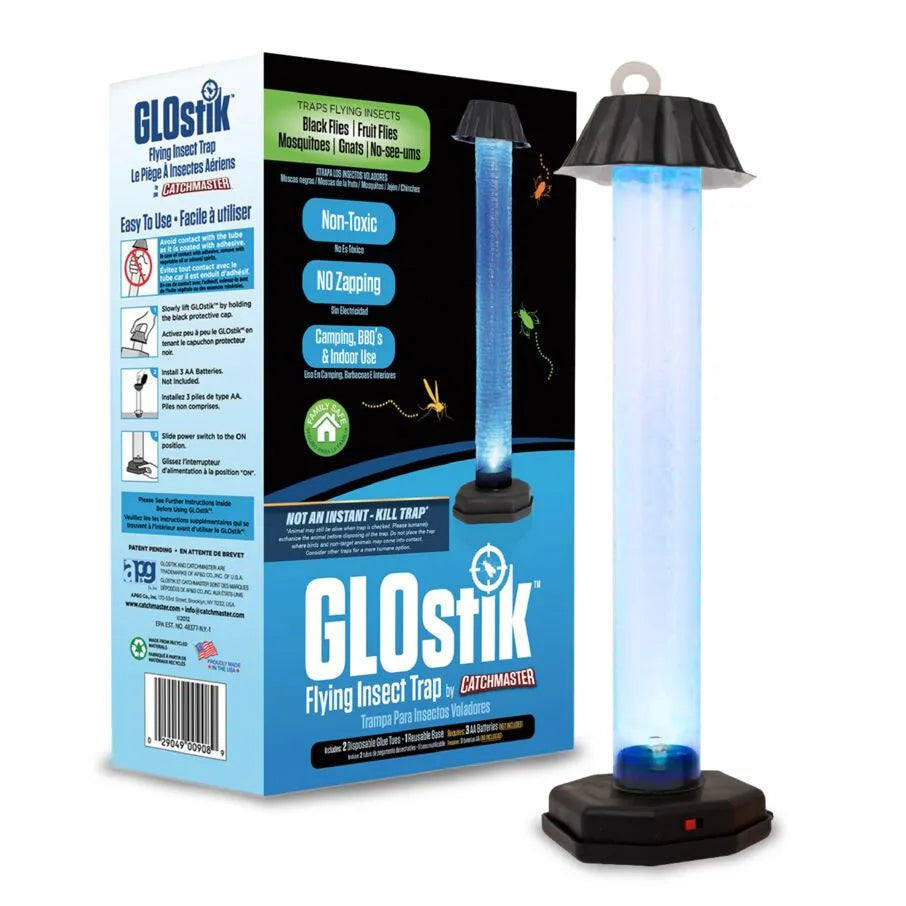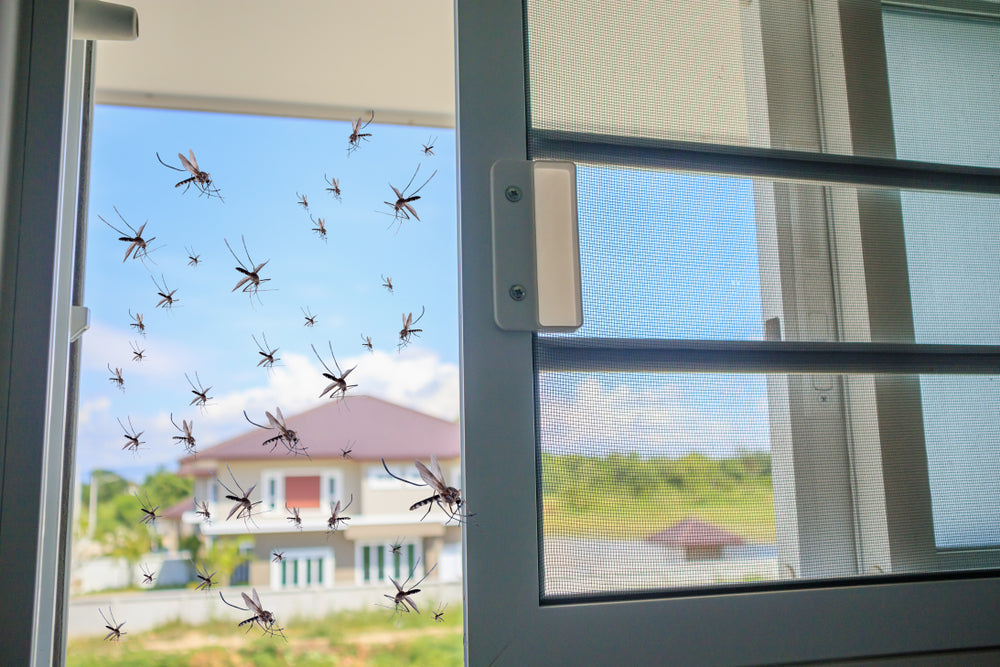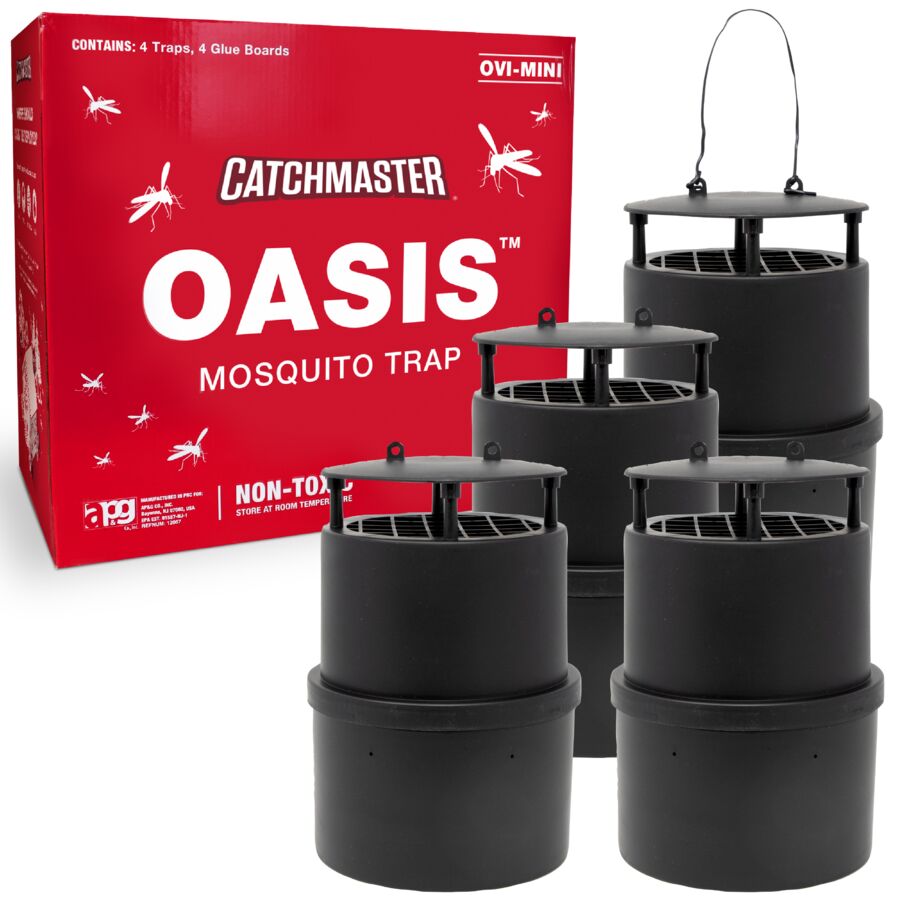Mosquitoes exist solely on blood, right? Not really! As it turns out, some mosquitoes enjoy a good blood meal, but that’s not all they’re in the mood for.
Understanding the diets and behaviors of mosquitoes is crucial for implementing effective mosquito control strategies. By recognizing what attracts these pests and how they feed, you can better equip yourself with the tools necessary to protect your living spaces.
Do Mosquitoes Only Eat Blood? Separating Fact from Fiction
Long story short: No! The idea that mosquitoes only eat blood is a common misconception.
What is true is that mosquitoes need blood to survive. When a female mosquito bites a human, it’s drawing the blood it needs to help its eggs develop. That’s why it seems like some of us are mosquito magnets!
But blood isn’t actually what makes up the majority of a mosquito’s diet. So, what do mosquitoes eat, and how can you remove food sources from your space? This is critical information when you want to keep mosquitoes away!
What Do Mosquito Larvae Eat? Understanding Their Early Diet
Mosquito larvae, often called "wrigglers," have fascinating feeding habits that differ significantly from those of their adult counterparts. Since they live their lives in watery habitats, they primarily feed on items available in the water, such as algae and other organic matter.
When larvae are in standing water, they tend to grow more quickly since food is more abundant. When they are growing in clean water with little organic matter available, mosquito larvae tend to grow much more slowly.
What Do Mosquitoes Eat Besides Blood? Surprising Facts About Their Diet
Once they become adults, flower nectar becomes their main energy source. Using their mouthparts, they extract the sweet liquid from blooming plants.
Both male and female mosquitoes also readily consume fruit juices, plant sap, and honeydew, the sugary secretion produced by aphids. These sugar-rich foods provide the essential carbohydrates needed for flight, mating, and survival.
Some mosquito species will also drink tree sap, rotting fruit juices, and other sugary organic liquids. As long as there is sugar, a mosquito is interested!
What Do Male and Female Mosquitoes Eat? Key Differences Explained
While males are perfectly content snacking on sugars all day long, female mosquitoes require something more – blood. This requirement is not out of predation but a biological necessity for reproducing. Blood meals provide the necessary proteins and iron needed for the development of their eggs.
Understanding this distinction is important, as only female mosquitoes bite humans and animals, making them the primary focus when planning pest control strategies.
The Link Between Mosquito Diets and Biting Behavior
While most people only think about mosquitoes when they’re buzzing around and causing painful bites, mosquitoes are much more complex than that. Understanding their biological needs can help you better understand when and why they start to seek human hosts.
Since female mosquitoes only seek blood meals during a certain phase of their reproductive cycle, the availability of sugar sources has a direct impact on when they start their hunt.
Oftentimes, when female mosquitoes have easy access to nectar or another sugar source, they will delay seeking blood meals. On the other hand, in environments where flowering plants are scarce, females become more aggressive in their pursuit of blood. This behavior explains why mosquito biting activity may be more intense in certain seasons or locations where flowers and nectar are limited.
Reducing Mosquito Food Sources Around Your Home
Reducing your need to catch mosquitoes starts with reducing the availability of food sources around your home. The battle against mosquitoes can be more effective when you understand what attracts them to humans and pets. Three primary factors make us targets: carbon dioxide, body heat, and certain body scents.
Some mosquito prevention tactics include using fans to disperse carbon dioxide around social areas and applying scent-masking products or repellents. You can also plant natural repellents, such as essential oils from citronella, eucalyptus, and lavender, around your yard to deter them from entering your space in the first place.
On the other hand, planting a lot of flowery, nectar-rich plants may help keep your neighborhood mosquitoes full of sugar and uninterested in a protein-rich blood meal.
If you want to disrupt the breeding cycle, target the standing water where mosquitoes might want to lay their eggs. By removing that food source, you prevent larvae from developing into full-grown, biting adult mosquitoes.
Effective Mosquito Control Strategies with Catchmaster
Catchmaster® is proud to offer a collection of flying insect control products specifically designed to tackle mosquito populations effectively while prioritizing safety and ease of use.
H3: Popular Mosquito-Catching Products
One of our best-selling products, our Gold Stick Fly Sticky Trap, features a pheromone attractant to capture mosquitoes without the use of harmful chemicals, ensuring it is safe for environments with children and pets.
If you need a product designed for both indoor and outdoor use, try the Glostik Flying Insect Light Sticky Trap. This eco-friendly and effective solution uses LED light to lure the insects and then traps them onto professional-strength sticky paper. Its easy-to-use, low-maintenance design makes it ideal for use inside your home, in your yard, or on the go.
Another key product in our collection is our Oasis Ovi-Mini Water Jar & Glue Board Mosquito Trap. This innovative trap is specifically designed to target egg-laying female mosquitoes by replicating their preferred breeding sites. It utilizes a non-toxic glue to capture females before they can lay eggs, thereby reducing future populations.
For the Oasis Ovi-Mini Trap to function correctly, it is essential to add a small amount of organic material, like grass clippings, to the water at its base. This setup simulates natural breeding conditions, making the trap irresistible to egg-laying females and significantly increasing capture rates.
Our products use cutting-edge technology to attract and capture mosquitoes, effectively disrupting their life cycle and reducing their presence around your home and yard. By incorporating Catchmaster’s solutions into your pest management strategy, you ensure a more comfortable and secure environment for your family.
Best Practices for Using Catchmaster Products
The placement of your mosquito traps makes all the difference in their effectiveness. Here are some tips to get the most out of our products:
-
Location: Place traps in shaded areas where mosquitoes are most active, such as near bushes, trees, and other dense vegetation. Avoid placing traps in windy areas, as this can interfere with their ability to attract mosquitoes. It’s also important to pay attention to where your selected trap can be used successfully. For example, the Ovi Mini is an outdoor trap, but the Glostick and Gold Stick Fly Traps can be used indoors or outside, as long as the conditions are right and they are protected from the elements.
-
Maintenance: Regularly check and maintain your traps to ensure they remain effective. This includes replacing glue boards or refills as necessary and cleaning any debris from the traps.
-
Integration: Combine the use of Catchmaster traps with other mosquito control practices, such as eliminating standing water where mosquitoes breed, using window screens, and applying appropriate repellents.
By following these practices and using Catchmaster’s products, you can significantly reduce mosquito populations in your area, creating a safer, more comfortable environment for you and your family.
Try Catchmaster Today
Don’t wait to take action. Explore Catchmaster’s mosquito traps now to learn more about our offerings and find the solutions that best suit your needs. Equip your home with Catchmaster, and enjoy a safer, more comfortable environment free from mosquitoes.










